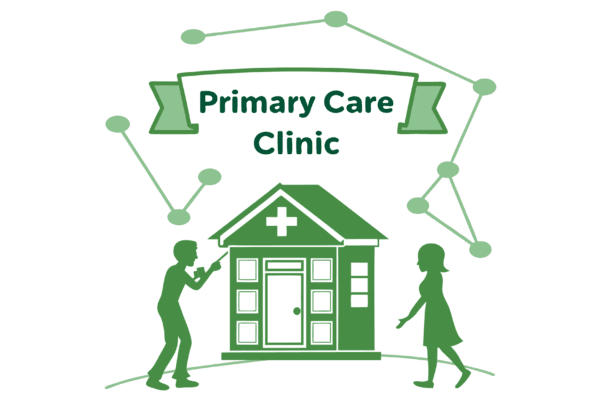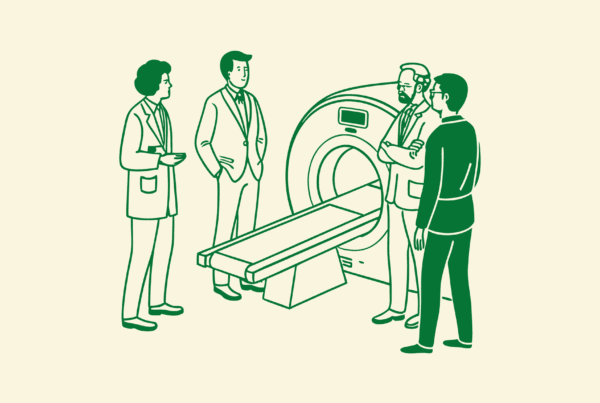If you are the owner of an Orthopedic and Post-Surgical Rehab practice in Pennsylvania, the current market holds significant opportunity. Buyer interest is strong, coming from health systems, large national groups, and private equity firms. Making the most of this environment requires more than just finding a buyer. It requires strategic preparation and a clear understanding of your practice’s value. This guide provides key insights to help you navigate the process.
The Market for Orthopedic Practices in Pennsylvania
The landscape in Pennsylvania is favorable for orthopedic practice owners considering a sale. This is driven by a combination of factors that create a healthy and active market. You are not just selling a business. You are transitioning a practice built on patient trust within a growing sector.
Strong Local Demand
Pennsylvania has a consistent and clear demand for post-surgical rehabilitation. Dedicated facilities and a focus on orthopedic recovery create a stable foundation for practices like yours. This means buyers see a reliable revenue stream and a clear need for the services you provide.
A Growing National Market
Your practice is part of a larger, growing industry. The U.S. physical therapy services market was estimated at $47.59 billion in 2024 and is projected to expand. This national trend gives buyers confidence that they are investing in a sustainable and growing field.
A Diverse and Eager Buyer Pool
Interest is no longer limited to local hospitals. Today, your practice is on the radar of a wide range of buyers, including regional health systems, national orthopedic platforms, and, increasingly, private equity firms. Each buyer type has different goals, which can give you more options for a potential partnership.
Key Considerations Before You Sell
Buyers will look deeply into your practice, far beyond the top-line revenue. They are buying your operations, your reputation, and your team. Highlighting your strengths in these areas is a critical part of the process. For example, formal accreditations, such as from the Joint Commission, are not just badges of honor. They are powerful signals of Quality of Care that sophisticated buyers value. Similarly, buyers are aware that turnover among orthopedic surgeons can be high. Demonstrating Team Stability with experienced, long-term surgeons and therapists becomes a major asset, reducing a buyer’s perceived risk. Preparing a clear story around these operational strengths can directly impact your final valuation.
Understanding Current Market Activity
The most significant trend in orthopedic M&A today is the high level of activity from private equity (PE). These firms have been actively acquiring practices since 2012, and their interest has only grown. For a practice owner in Pennsylvania, this is important news. Here is what it means for you.
-
A Larger Pool of Buyers. PE activity increases the number of potential bidders for your practice. This competition can lead to more favorable terms and higher valuations than you might receive from a single, unsolicited offer.
-
A Focus on Partnership. Many PE-backed groups are not looking for a simple buyout. They seek to partner with successful physicians to build larger regional or national platforms. This can offer an opportunity for you to sell a majority of your practice, take significant cash off the table, and continue leading clinically with a strong financial partner.
-
Sophisticated Deal Structures. PE buyers bring new options to the table, including equity rollovers where you retain a stake in the larger company. This provides a “second bite at the apple,” meaning you can benefit financially from the future growth you help create.
The Practice Sale Process at a Glance
Selling a practice is a journey with several distinct stages. It is not as simple as putting up a “for sale” sign. It starts long before a buyer is ever contacted and continues well past the closing date. The first phase is preparation, where you organize your financials and identify key value drivers. Next comes the marketing phase, where your practice is confidentially presented to a curated list of qualified buyers. This is followed by negotiation, where offers are compared and refined. The most intensive phase is often due diligence, where the buyer verifies every aspect of your practice. This is where many deals face unexpected challenges if the preparation was not thorough. A well-managed process protects you from surprises and keeps you in control.
How is an Orthopedic Practice Valued?
One of the first questions any owner asks is, “What is my practice worth?” The answer is based on more than just a simple formula. A professional valuation looks at your practice the way a sophisticated buyer would, focusing on sustainable cash flow and future growth potential. The core metric is Adjusted EBITDA (Earnings Before Interest, Taxes, Depreciation, and Amortization), which standardizes your profits by accounting for owner-specific expenses. That Adjusted EBITDA is then multiplied by a specific number, or “multiple,” to determine your practice’s enterprise value. That multiple is not random. It is influenced by several key factors.
| Valuation Factor | Impact on Multiple | Why It Matters to a Buyer |
|---|---|---|
| Practice Size/EBITDA | Higher | Larger practices are seen as less risky investments. |
| Provider Team | Higher | Less reliance on a single owner. |
| Ancillary Services | Higher | Diversified revenue streams show growth potential. |
| Growth History | Higher | A track record of growth suggests future success. |
Understanding these factors is the first step. Getting a comprehensive valuation is the foundation of a successful transition strategy.
Planning for Life After the Sale
Your work is not done when the deal closes. The structure of your sale has major implications for your future, both personally and financially. Will you continue to work in the practice? If so, for how long and in what capacity? A well-designed transition plan protects your legacy by ensuring your staff and patients are cared for. The financial aspect is also complex. The way your deal is structured will directly impact your after-tax proceeds. Considerations like earnouts, where a portion of the payment is tied to future performance, or equity rollovers, where you retain ownership, must be carefully negotiated. Planning for these post-sale realities ahead of time gives you more control and helps secure the future you have worked so hard to build.
Frequently Asked Questions
What is the current market like for selling an Orthopedic & Post-Surgical Rehab practice in Pennsylvania?
The market is favorable with strong local demand for post-surgical rehab services. Buyers include health systems, large national groups, and private equity firms showing significant interest.
Who are the typical buyers interested in purchasing an orthopedic rehab practice in Pennsylvania?
Buyers range from local hospitals and regional health systems to national orthopedic platforms and private equity firms, each with different partnership goals.
What are key factors buyers consider when valuing an orthopedic practice?
Buyers look beyond top-line revenue to quality of care, team stability, adjusted EBITDA, practice size, provider team, ancillary services, and growth history.
How can private equity firms impact the sale of my practice?
Private equity firms increase buyer competition, offer partnership opportunities with equity rollovers, allowing you to retain stakes and benefit from future growth.
What should I consider for life after selling my practice?
Plan for whether you’ll continue working, structure your deal for after-tax proceeds, consider earnouts or equity rollovers, and develop a transition plan to protect your legacy.



